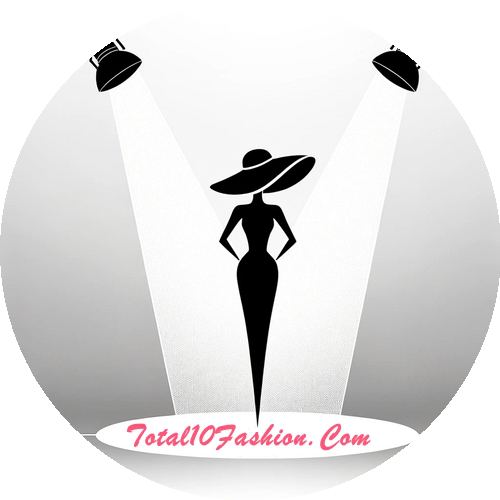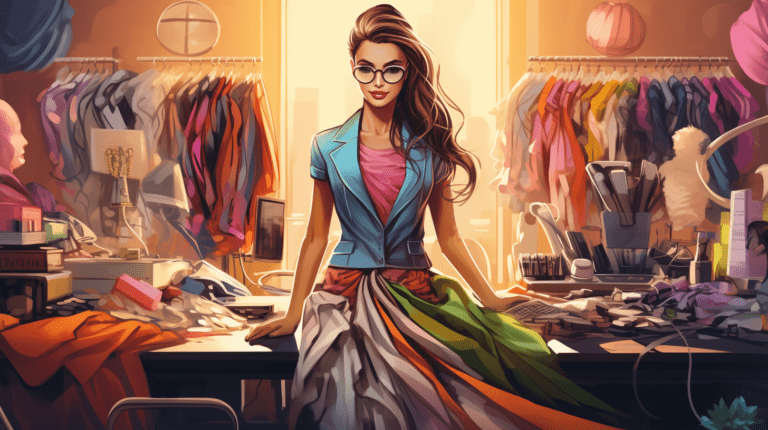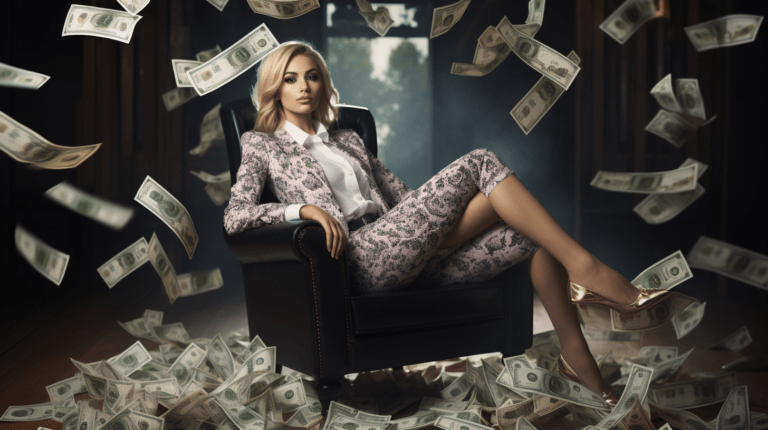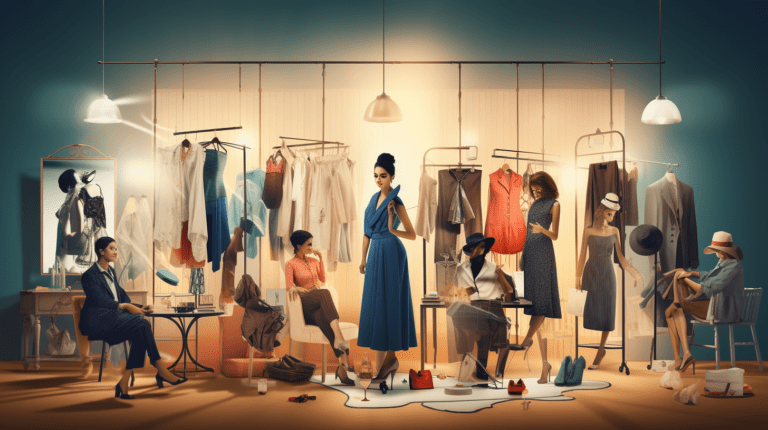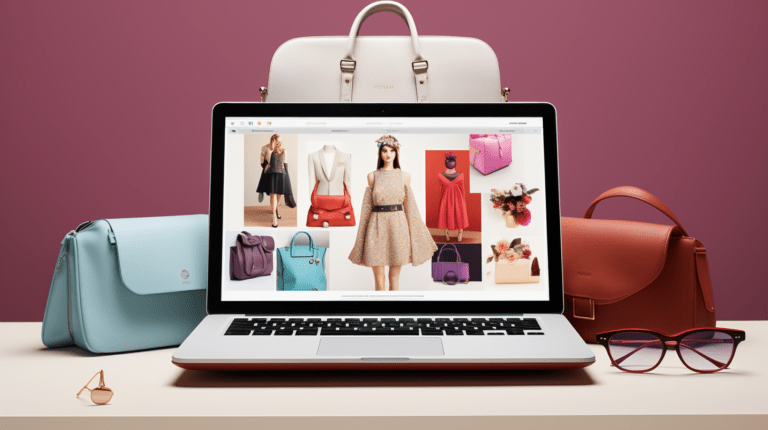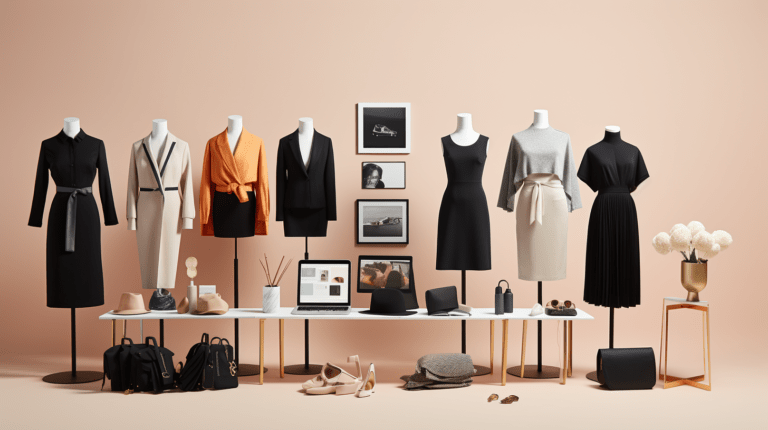Fashion Stylist Responsibilities – Did you know that the global fashion industry is worth a staggering $2.4 trillion?
As an aspiring fashion stylist, you’re not just stepping into a role; you’re claiming your place in one of the most dynamic and influential industries worldwide.
Your responsibilities will stretch far beyond picking out trendy outfits. You’ll be expected to stay ahead of fashion trends, provide insightful client consultations, meticulously plan and organize wardrobes, coordinate outfits for an array of events, and bring creative flair to editorial photoshoots.
Additionally, your role will require personal shopping skills and acting as a liaison between clients and retailers. And let’s not forget about building fruitful professional networks!
It’s time to embrace these multi-faceted responsibilities with creativity, detail-orientation, and an astute understanding of fashion trends. After all, power lies in knowledge – the more adept you are at your job’s nuances, the greater influence you’ll wield in this ever-evolving world of style.
Key Takeaways – Fashion Stylist Responsibilities
- Fashion stylists are responsible for staying ahead of fashion trends and translating fashion knowledge into wearable art for clients.
- They play a crucial role in client consultations, analyzing personal style, lifestyle demands, body type, and wardrobe needs.
- Wardrobe planning is an important aspect of their job, involving creating a visual narrative that reflects the client’s personality and utilizing closet decluttering techniques and sustainable wardrobe strategies.
- Fashion stylists also have a role in editorial styling for photoshoots, where they impress live audiences and captivate readers through static images in magazines, by developing concepts, choosing clothes, and utilizing props effectively.
Understanding of Fashion Trends – Fashion Stylist Responsibilities
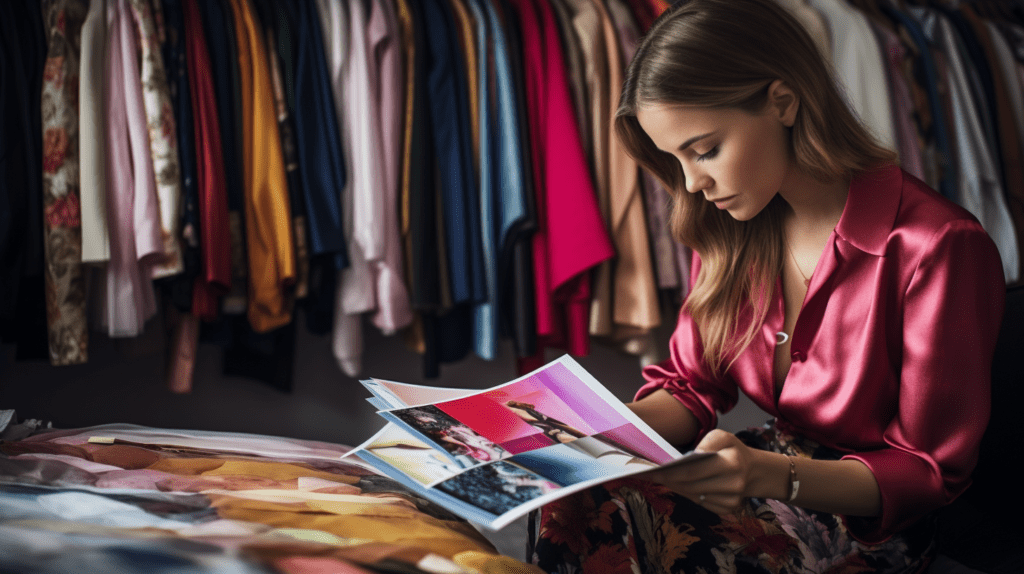
You’ve got to possess an intuitive grasp of current and upcoming fashion trends, darling—it’s absolutely essential in keeping your clientele looking their chicest. As a fashion stylist, one of your pivotal responsibilities is trend forecasting. It’s not just about knowing what’s hot now; it’s about predicting the next big thing before it hits the runway.
Now, you might wonder how you can possibly predict such ephemeral things as fashion trends? Well, here’s a hint: look beyond the obvious. Cultural influences play a huge role in shaping these trends. Whether it’s street style from Tokyo or traditional textiles from Africa, everything has potential to inspire the next ‘it’ piece or collection. Being globally aware and culturally sensitive isn’t just politically correct; it’s also good business sense when you’re working in fashion.
Remember that being trendy isn’t synonymous with being stylish though! Certainly aim for a fresh and modern aesthetic but balance this with timeless elegance to ensure your clients always exude sophistication no matter what season it is. The power they seek isn’t fleeting—it should be enduring.
Understand that your client trusts you not only because of your knowledge but because of your ability to translate that into wearable art for them. They are relying on you to make them feel powerful through their attire—an armor if you will—whether they’re stepping onto a red carpet or into an important meeting.
After mastering these aspects of understanding fashion trends, let us transition smoothly into another crucial part of being a stylist: client consultations—one where we delve deeper into personalizing style according to individual tastes and needs.
Client Consultations – Fashion Stylist Responsibilities
In your role, one of your primary tasks is conducting client consultations, where you’ll analyze their personal style, lifestyle demands, body type and wardrobe needs to create a bespoke image enhancement strategy. It’s not about imposing your taste on others; it’s about understanding them deeply and crafting an aesthetic that speaks volumes about who they are and what they represent.
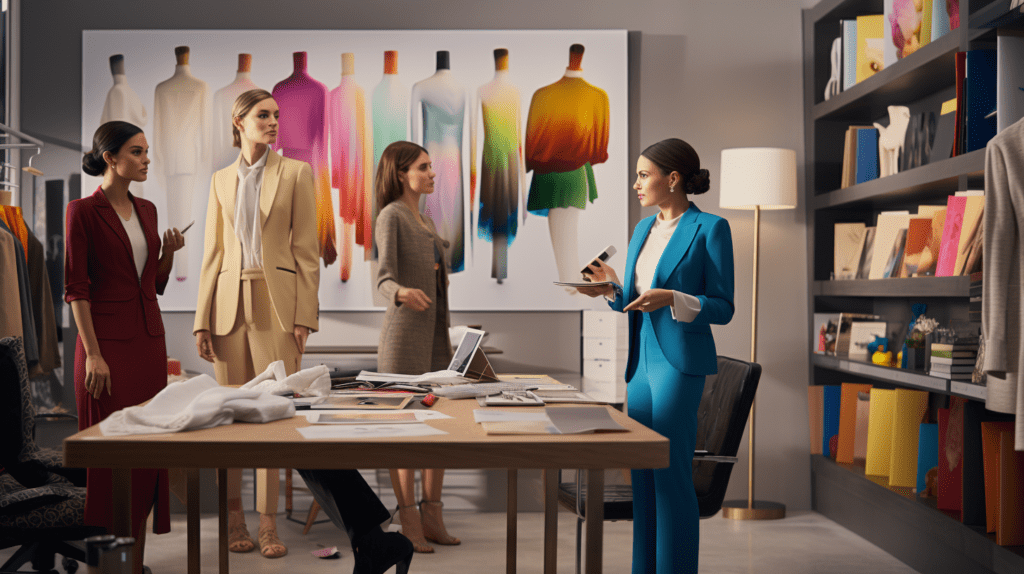
Your knowledge of fashion trends is crucial here. You need to understand which styles will accentuate their features perfectly or how the right color can boost their confidence through color psychology. Remember, fashion isn’t simply about looking good—it’s a form of self-expression and identity construction.
| Key Factors | Stylist Duties |
|---|---|
| Personal Style | Analyze clients’ tastes |
| Lifestyle Demands | Adapt fashion to fit routines |
| Body Type | Select flattering attire |
Communication skills are paramount in this process. Your ability to articulate ideas clearly and persuasively can make or break the client’s trust in your expertise. Furthermore, listening attentively ensures you capture all the nuances of the clients’ preferences while creating a relaxed environment for open discussion.
Close attention to detail allows you to spot potential areas for improvement within their current wardrobes – whether it’s outdated pieces that need replacing or gaps in essential items. But remember, becoming a stylist doesn’t mean just pushing new clothes onto your clients—it’s also about helping them utilize what they already have efficiently.
So from consultation comes creativity—your ability to transform someone’s look using both existing elements from their wardrobe and introducing new ones will set you apart in this competitive industry. Now that we’ve covered consulting with clients let us delve into how we plan out their wardrobes for maximum effectivity without any hitches along the way.
Wardrobe Planning and Organization – Fashion Stylist Responsibilities
Planning and organizing a wardrobe isn’t simply about decluttering—it’s akin to an artist painting on a fresh canvas, creating a masterpiece that reflects the client’s personality with each brushstroke. As a fashion stylist, your role is to bring harmony between the person and their clothes, crafting a visual narrative that exudes power.
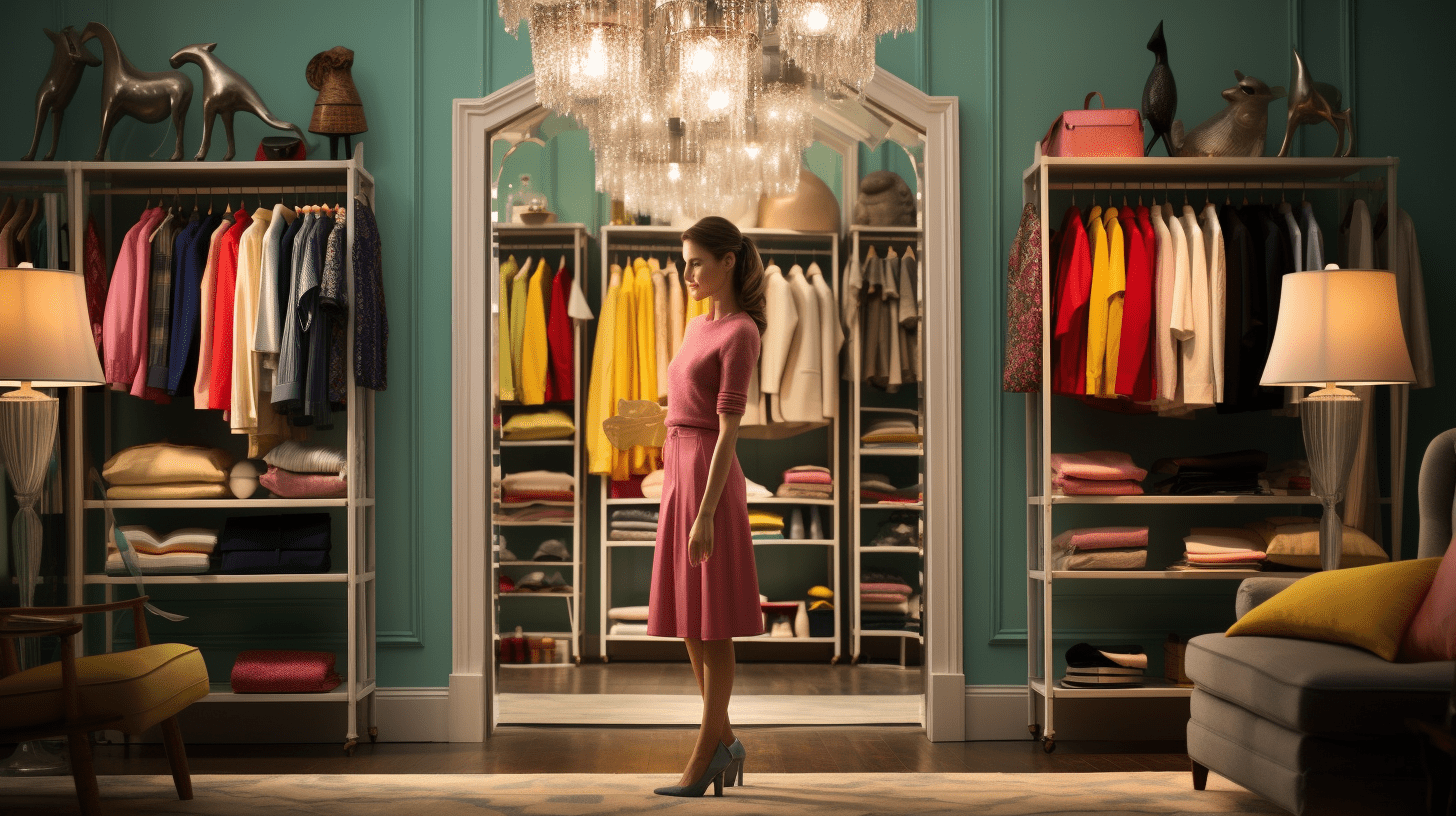
Using closet decluttering techniques, you’ll sift through piles of garments—some outdated, others ill-fitting—to find those hidden gems that can be reinvented or paired anew. But remember:
- Not every clothing item will make the cut; it’s essential to keep only what works for the client.
- Always consider current fashion trends but don’t let them dictate your choices completely.
- Sustainable wardrobe strategies are crucial—invest in versatile pieces that can be restyled and worn multiple times.
- Understand color theory and use it to create combinations that complement your client’s natural hue.
- Don’t forget about accessories—they add significant impact to any outfit.
It’s not just about owning high-end brands or having an abundance of options. The magic lies in understanding how best to utilize what one has. It’s about curating pieces that build up confidence, radiate authority, and command respect.
As you get done with this planning phase, take note of any gaps in the wardrobe that need filling. Now comes another exciting part: shopping! You might need new items from chic boutiques or luxury labels to complete your client’s lookbook.
With this meticulously planned and organized wardrobe at hand, you’re ready for another integral aspect of your job—outfit coordination for specific events—a challenging yet fulfilling endeavor awaits you!
Outfit Coordination for Events – Fashion Stylist Responsibilities
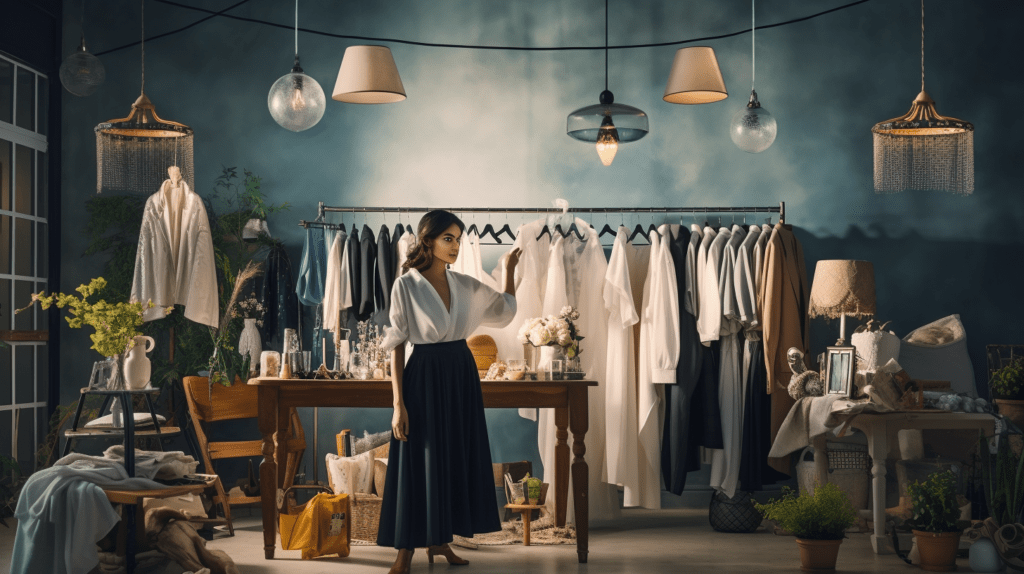
Navigating through a whirlwind of events is no small feat—it’s about tailoring each ensemble to not only match the occasion, but also to tell a captivating story. As your fashion stylist, it’s my responsibility to ensure every outfit selected for you does just that, allowing you to be the center of attention while remaining effortlessly chic.
Event attire selection requires an in-depth understanding of various dress codes and their interpretations. You can’t strut into a black-tie gala wearing casual denim or attend a business conference in sparkly evening wear. That’s where I come in, deciphering ambiguous dress codes and transforming them into tangible looks that reflect your personal flair while adhering to the event’s standards.
Whether it’s choosing between a velvet tuxedo for a red carpet premiere or pairing an elegant gown with exquisitely studded heels for a charity ball, every detail matters. The right accessories—be they tie pins, cufflinks, statement necklaces or simply the perfect pair of shoes—can make or break an ensemble. They’re not just add-ons; they’re essential components that complete your look.
Remember, each event is an opportunity—a blank canvas on which we paint your image using fabric and style as our medium. It’s more than just dressing up; it’s about crafting narratives that resonate with those around you.
Now let’s shift gears slightly towards another critical aspect of fashion styling: editorial styling for photoshoots. This calls for even higher stakes—a chance not only to impress live audiences but also captivate readers through static images on glossy magazine pages.
Editorial Styling for Photoshoots – Fashion Stylist Responsibilities
Ever thought about how profound an impact a well-styled photoshoot can have on your image? It’s all in the hands of a talented fashion stylist. They work behind the scenes, developing concepts and choosing clothes that tell a compelling story – a story that propels you into the limelight.
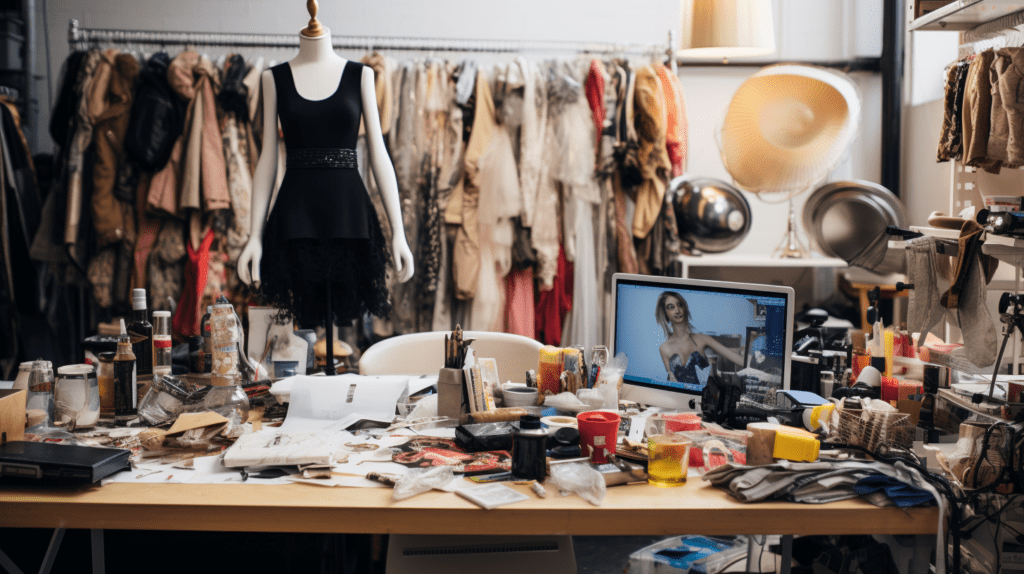
- Location Scouting: A significant part of editorial styling is finding the perfect location to bring out your personality or brand essence. Whether it’s an edgy urban landscape for a rebellious vibe, or an ethereal forest setting for a fairy tale look, stylists know exactly where to place you in order to make the most striking visual impact.
- Outfit Selection: Fashion stylists are experts at pairing pieces together for unexpected and stunning combinations. They have their fingers on the pulse of current trends and timeless classics alike, ensuring your outfit makes just as much of a statement as you do.
- Prop Selection: The right prop can elevate your photoshoot from ordinary to extraordinary. From vintage luggage for a nostalgic feel, to high-tech gadgets for modern edge, fashion stylists understand how props can enhance or transform your image.
As they navigate through this creative process, fashion stylists use their expertise to craft an image that commands attention and respect – an image designed not only with elegance but also power.
And while they’re working their magic behind-the-scenes at photoshoots, remember that these professionals also offer personal shopping services and act as retail liaisons – providing you with even more opportunities to refine and project your unique style persona.
Personal Shopping and Retail Liaison – Fashion Stylist Responsibilities
Imagine walking into a boutique with an expert by your side, someone who’s got a sharp eye for what looks good on you and knows exactly where to find it. As a fashion stylist, one of your key responsibilities is personal shopping. You’re not just picking up clothes; you’re curating an individual’s wardrobe, reflecting their personality and lifestyle in every piece.
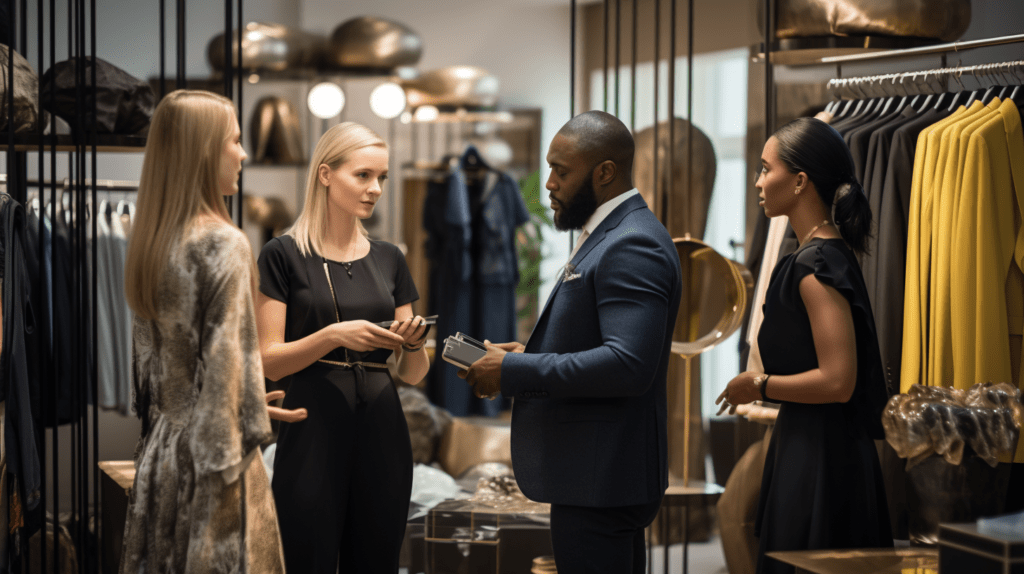
Your role involves more than knowing the latest catwalk trends or having an instinct for style. It’s about budget management too. The reality of fashion isn’t endless couture gowns with price tags that could fund small nations—it’s about making smart choices that maximize the impact of each purchase within a set budget. Your client might be splurging on designer labels or pinching pennies at thrift stores, but either way, they’re relying on you to guide them towards value for money.
In addition to this, sustainability is becoming increasingly important in the fashion world. As a stylist, you are charged with leading your client towards sustainable purchasing decisions—choosing quality over quantity and longevity over fast-fashion fads.
Establishing yourself as a retail liaison is also part of the job description. Building relationships with store owners and managers can provide access to exclusive pieces before they hit the sales floor—giving your clients first dibs on unique finds.
Navigating through these diverse responsibilities makes you more than just a stylist—you become an indispensable ally in your client’s quest for sartorial excellence. This expertise will serve as vital groundwork as we delve into our next topic: building and maintaining professional networking in the dynamic world of fashion styling.
Building and Maintaining Professional Networking – Fashion Stylist Responsibilities
In the world of fashion, your network can be your most powerful tool. It’s not just about knowing what’s trending; it’s also about who you know and how you collaborate with them.
From fostering relationships with influential designers and brands to actively engaging within the fashion industry, building and maintaining a robust professional network is crucial for staying ahead in this dynamic field.

Collaboration with Designers and Brands
It’s a thrilling dance, this collaboration between fashion stylists and designers or brands, sparking creativity and birthing trendsetting styles that captivate the world. Designer partnerships and brand endorsements are crucial to your role as a stylist.
| Emotion | Designer Partnerships | Brand Endorsements |
|---|---|---|
| Excitement | New collections to unveil | Exclusive access to products |
| Influence | Shaping trends with designer input | Steering consumer choices through brand picks |
| Empowerment | Creative control over look creation | Power in shaping public perception of brands |
This symbiosis not only amplifies your influence within the industry but also empowers you to shape public perceptions about brands. Your expertise can transform an unknown designer into tomorrow’s hot topic or make a brand’s product the must-have accessory of the season. Now, let’s delve deeper into how these collaborations enhance networking within the fashion industry.
Networking within the Fashion Industry
You’ll be rubbing shoulders with the crème de la crème of the industry, darling! Networking within the fashion industry isn’t just an art; it’s a crucial aspect of your job as a fashion stylist.
- Industry Events: You’ll need to attend these like they’re going out of style – pun intended! It’s here you’ll meet designers, models, and photographers who could become key collaborators in future projects.
- Social Media Networking: In this digital age, don’t underestimate the power of connecting online. Engage with influencers, share your work, and follow trends on platforms like Instagram and LinkedIn.
- Building Relationships: Remember, it’s not just about what you know but who you know. Nurture relationships within the industry; they’re worth their weight in gold sequins!
In this world where style meets substance, power lies in connections. So start networking, darling!
Frequently Asked Questions
What educational background is typically required for a fashion stylist?
You’re not typically required to hold a specific degree to be a fashion stylist, but taking Stylist Certification Programs can give you the edge.
These courses provide industry insights and teach you about current fashion trends.
Enrolling in a Fashion School benefits your career by networking with industry professionals and deepening your understanding of style elements.
It’s all about exerting your creative power, showcasing an eye for detail, and staying knowledgeable about ever-changing fashion landscapes.
How does a fashion stylist manage their time during a busy fashion season?
Imagine orchestrating a symphony of style in the chaos of fashion season. As a fashion stylist, you’re the maestro. Seasonal prioritization is your sheet music, helping you plot each look with precision and foresight.
Stress management becomes your rhythm section, keeping harmony through long hours and last-minute changes. You study fashion trends like virtuoso studies their instrument, ensuring your performance remains relevant and powerful.
This isn’t just time management, it’s an art form that amplifies your influence in the world of fashion.
What are the steps a fashion stylist takes to ensure they stay within a client’s budget?
First, you’ll master budgeting techniques. Know your client’s monetary limits and respect them.
Research for stylish alternatives that fit their style vision without breaking the bank.
Keep updated with fashion trends, so you can mix high-end pieces with affordable finds seamlessly.
Negotiate prices with vendors when possible.
Lastly, constantly communicate with your client about cost-related decisions to maintain trust.
In this tough industry, staying on budget while delivering power-dressing aesthetics is a skill that will set you apart!
How does a fashion stylist handle a situation where a client is not happy with their work?
When a client’s satisfaction isn’t met, your adaptability as a stylist is tested. Don’t falter!
Listen keenly to their concerns, empathize with their dissatisfaction.
Use your expansive knowledge of fashion trends to offer new suggestions. Show them you’re not just any stylist; you’re a fashion savant who can turn around any situation.
With finesse and poise, assure them that their unique style will never be compromised under your watchful eye.
How often does a fashion stylist need to update their knowledge and skills to stay relevant in the industry?
Like a chameleon, you must constantly change your colors. To remain on the cutting edge of the fashion world, it’s necessary to regularly update your knowledge and skills.
Industry Trends Analysis becomes your compass, guiding you through an ever-changing landscape. Use Skill Enhancement Techniques like workshops, courses, or internships to refine your craft.
The frequency is subjective; however, monthly updates are a good rule of thumb. Remember, power lies in staying relevant and ahead in this fast-paced industry.
Conclusion
So, you see, as a fashion stylist, you’re not just throwing clothes together. You’re a trend interpreter, a wardrobe planner, and an outfit architect for events.
You’re an editorial guru for photoshoots and a personal shopper with retail savvy. And don’t forget your critical role in networking; it’s all about the connections!
Yours is a world where creativity meets detail and knowledge becomes style. Welcome to the vibrant tapestry of fashion styling! Click here to read more about fashion stylist responsibilities.
